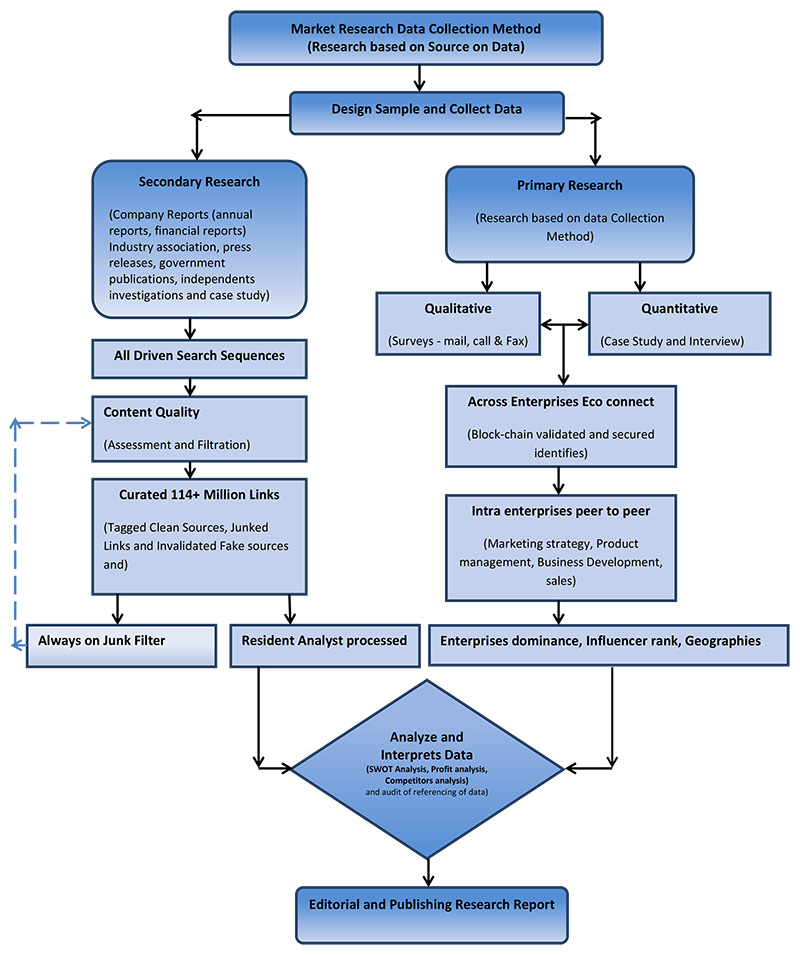Global Building Energy Management Systems (BEMS) market – Overview
- The report will cover the overall analysis and insights in relation to the size and growth rate of the “Global Building Energy Management Systems (BEMS) market ” by various segments at a global and regional level for the 2014-2027 period, with 2014-2019 as historical data, 2020 as a base year, 2021 as an estimated year and 2021-2027 as forecast period.
Global Building Energy Management Systems (BEMS) market – Introduction
- The Building Energy Management Systems (BEMS) is a globally evolving market that is poised for double-digit growth for the next 7 years. BEMS is primarily driven by the trend of high peak demand charges, customers’ commitment towards sustainability, energy efficiency regulations, state incentives for buildings to install energy management systems, the increasing energy efficiency contracts market, and increasing customer know-how about BEMS.The technologies that take the home and building technologies industry to the next phase of evolution—such as artificial intelligence, increasing Internet of Things (IoT)-enabled devices, data analytics, edge analytics, cloud solutions, and business model innovation—have also had a positive impact on the BEMS market. New BEMS entrants and emerging participants will change the market dynamics by adopting cutting-edge technologies into their products and by adopting customer-centric business models. Global Industry Report estimate that the BEMS market will reach $8.74 Billion by 2027, growing at a 13.4% CAGR.
- Major end-user industries of building energy management technologies include residential, commercial and industrial. Residential sector represents the most significant end-user industry in the market for building energy management system. Commercial building energy management system provides an opportunity to the building owners to manage and understand the energy consumption. Commercial energy management system market is coming up with launching of new products and various developmental activities in order to generate public awareness about their existing and new products and compete with the competitors’ product portfolio. The reason behind this growth is due to organizational restructuring and cost cutting. Many key players such as Schneider Electric and Siemens AG are mainly focusing on the launch of new initiatives to improve technology and are emphasizing their strategies to make a greater use of building energy management system for efficient energy consumption.
Report Includes
- The report provides a basic overview of the industry including definitions, classifications and industry chain structure.
- A brief overview of the commercial potential of products, technologies and applications.
- Description of properties and manufacturing processes.
- Discussion of the current state, setbacks, innovations, and the future needs of the market.
- Detailed discussion regarding impact of product on demand
- Up-to-date analyses of market trends and technological improvements in the market
- Examination of the market by application and by product sizes; utility scale, medium scale and small scale.
- To strategically profile key players and comprehensively analyze their market rankings and core competencies
- Coverage of historical overview, key industrial development and regulatory framework.
- To track and analyze competitive developments, such as contracts & agreements, expansions, new product developments, and mergers & acquisitions in the market
Global Building Energy Management Systems (BEMS) market Report Scope
- The scope of the report covers the clear understanding and overview of the product.
- Analysis of market trends in the region, with market data considering 2020 as the base year, 2021 as the estimate year and forecast for 2027 with projection of CAGR from 2021 to 2027.
- The report covers discussion of economic trends and technology.
- Market estimates represent revenue.
- In-depth analysis of the market segmentation assists in determining the prevailing market scope.
Segments Covered in Global Building Energy Management Systems (BEMS) market
On the basis of software:
The building energy management system market is segmented on the basis of software such as data management, asset performance optimization, application platform, HVAC system, and lighting system.
On the basis of communication technology:
This market is segmented on the basis of communication technology into wired and wireless.
On the basis of service:
This market is segmented on the basis of services into consulting & training and support & maintenance services.
On the basis of industry:
This market is segmented on the basis of verticals which include manufacturing, telecom and IT, office and commercial buildings, Municipal, University, School and Hospital (MUSH) systems, and government.
On the basis of regions:
The building energy management system market is classified on the basis of regions into North America (NA), Europe, Latin America (LA), Asia-Pacific (APAC), and Middle East and Africa (MEA).
Covid-19 Impact on the Global Building Energy Management Systems (BEMS) market
- The COVID-19 outbreak drastically altered the demand for Global Building Energy Management Systems (BEMS) across the globe due to a decline in demand from the urban and tire 2 cities. The pandemic has abruptly interrupted the operations and global supply chain across various industries, which in turn has slowed down the growth of the Global Building Energy Management Systems (BEMS) market.
- Global Building Energy Management Systems (BEMS) is majorly used in the aerospace sector. However, the aerospace sector had shut down the operations due to lockdown. This led to high decline in the Global Building Energy Management Systems (BEMS) market.
- Electrical and energy storage industry is also highly impacted by the COVID-19 outbreak.
Key Market Players in Global Building Energy Management Systems (BEMS) market
- The major players in the Global Building Energy Management Systems (BEMS) market are ABB Ltd.; Abundant Power; Accruent Inc.; Azbil Corporation; Bhargest Building Performance; BuildingIQ Pty Ltd.; C3 IoT; Carma Industries Inc.; Current by GE; Cylon; Daikin Applied; Distech Controls; EcoEnergy Insights; Ecolibrium; Ecorithm; Enel X; Engie; Envizi; eSight Energy Ltd.; General Electric Company; Gridium; Gridpoint; Honeywell International, Inc.; IBM Corporation; Johnson Controls International; Kieback & Peter; Lucid, Dexma; Optimum Energy LLC; Sauter Controls; Schneider Electric SE; Siemens AG; Solar- Log; Switch Automation; Toshiba Energy Systems & Solutions Corporation; Verdigris; Wattics; Wegowise and others.
Objectives of the Global Building Energy Management Systems Market Study
- To provide detailed information regarding drivers, restraints, opportunities and challenges are influencing the growth in the Global Building Energy Management Systems (BEMS) market.
- To analyze the competitive intelligence of players based on company profiles and their key growth strategies.
- To strategically analyze micro markets with respect to the individual growth trends, their prospects, and their contribution to the total Global Building Energy Management Systems (BEMS) market.
- To analyze competitive developments such as expansions, and product launches, along with research & development (R&D) activities undertaken in the Global Building Energy Management Systems (BEMS) market.
- A unique model is created customized for each study also offers suggestions that help enterprises to identify and mitigate risks.
Note
- Global Industry Reports will also supports you post-purchase for a period of 12 months to answer any of your queries related to the following market and to provide you any more data if you need, for your analysis.
- Also, you can buy some selected Chapters from the report.











